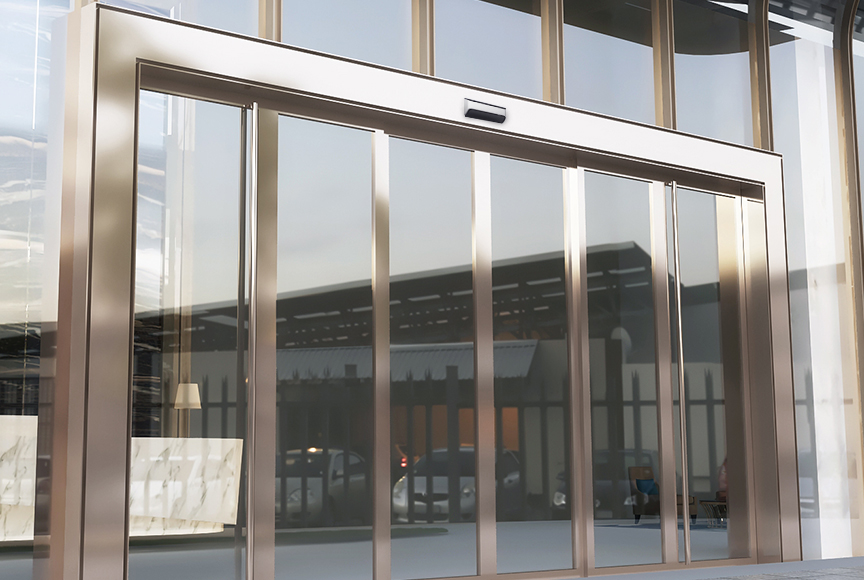What factors contribute to the overall cost of installing automatic doors?
The installation of automatic doors is a strategic investment for businesses and property owners, offering convenience, accessibility, and a modern aesthetic. Understanding the factors that contribute to the overall cost of installing automatic doors is crucial for making informed decisions and achieving a successful implementation. In this article, we will explore key factors that influence the cost of installing automatic doors.

1. Type of Automatic Door:
The type of automatic door chosen significantly impacts the overall cost. Swing doors, sliding doors, folding doors, and revolving doors each come with unique mechanisms and installation requirements. Revolving doors, for example, are typically more complex and expensive to install compared to traditional sliding doors.
2. Door Material and Design:
The material and design of the door play a vital role in determining costs. High-quality materials, such as glass or aluminum, are often pricier than standard materials. Additionally, intricate or customized designs may require more labor and resources, contributing to an increase in overall installation costs.
3. Accessories and Features:
The inclusion of specific features and accessories affects the overall cost. Automatic doors can be equipped with advanced features like motion sensors, access control systems, touchless entry, and security cameras. The more features integrated into the system, the higher the overall cost of installation.
4. Size and Dimensions:
The size and dimensions of the door opening directly impact installation costs. Larger doors or expansive entryways require more materials and labor for installation. Additionally, modifications to accommodate specific dimensions may incur additional expenses.
5. Power Source and Electrical Work:
Automatic doors require a power source for operation. The availability and proximity of electrical outlets influence the installation cost. If additional electrical work or wiring is needed to connect the automatic door system, it can contribute to increased installation expenses.
6. Site Preparation:
The existing infrastructure and site conditions play a role in determining installation costs. Sites that require extensive modifications or adjustments to accommodate automatic doors, such as leveling the ground or reinforcing structures, may incur additional expenses.
7. Local Regulations and Permits:
Compliance with local building codes, regulations, and permits is a critical consideration. Obtaining the necessary permits and ensuring compliance with local regulations may involve administrative costs, inspections, and adherence to specific safety standards.
8. Manufacturer and Brand:
The choice of manufacturer and brand of the automatic door system influences costs. Established brands with a reputation for quality and reliability may have higher upfront costs, but they often come with enhanced durability and performance, reducing long-term maintenance expenses.
9. Installation Professionalism:
The expertise and professionalism of the installation team contribute to costs. Hiring experienced professionals ensures proper installation, reducing the likelihood of issues that could lead to additional expenses in the future.
10. Maintenance and Warranty:
Some installation costs may include maintenance plans and warranties offered by the manufacturer or installer. Opting for comprehensive maintenance packages or extended warranties can add to the upfront cost but may provide long-term value by ensuring the ongoing performance and reliability of the automatic door system.
Conclusion:
Installing automatic doors is a strategic investment that enhances accessibility, convenience, and the overall aesthetic of a property. The overall cost of installation is influenced by a combination of factors, including the type of door, materials, features, dimensions, power source, site preparation, regulatory compliance, brand, and installation professionalism. By carefully considering these factors and working with experienced professionals, property owners can make informed decisions that align with their needs, budget, and long-term goals for their automatic door systems.







